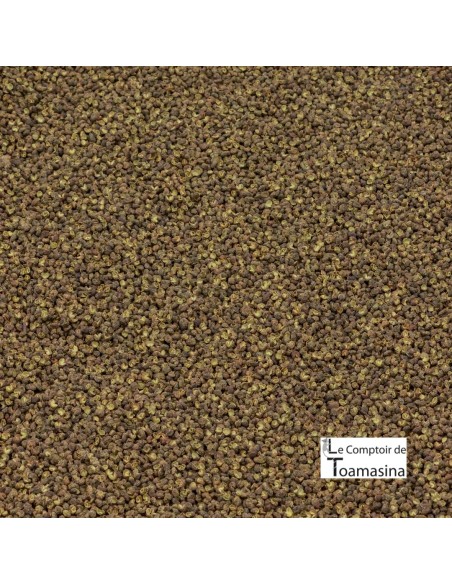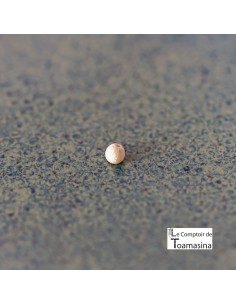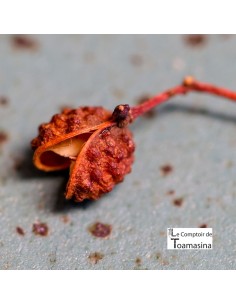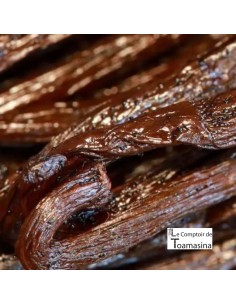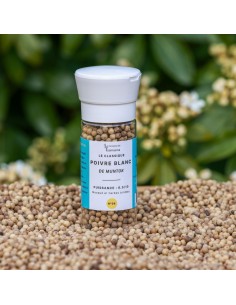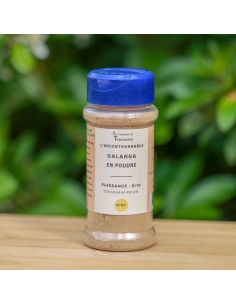In Latin, my name is Zanthoxylum piperitum , but I am known as the " Sichuan green pepper" or "piperita fagara ". In Brazil, they call me Pimenta Verde de Sichuan, but in France I am not allowed to call Pimenta Verde de Sichuan, due to a 1946 decree that establishes that only the fruit of the piper nigrum plant can be called pepper. I'm not a peppercorn.
It is part of the Rutaceae family, originally from Asia.
The white and greenish flowers bloom from April to June.
It is a shrub that reaches a height of 3 to 4 meters.
Thanks to its ability to withstand temperatures of up to -25°C, it is easier to grow than Madagascar vanilla.
It can be grown in France.
However, it needs a sunny to partially shaded position, and the most important thing is that it can grow in any soil.
However, soil acidity must remain within acceptable limits.
It can be grown in various ways, isolated, as a hedge or even as a bonsai.
Spring and autumn are the best times for transplanting.
Sometimes people talk about pepper, despite it being illegal in France. This is due to the fact that the term Pimenta in Portuguese refers to pepper and berry.
In the Rutaceae, or citrus, family, we find Sichuan, sometimes called Clavalier, a small tree or shrub.
It originates from China and has long been cultivated in Japan.
Zanthoxylum piperitum can easily be transformed into a small ornamental tree. The thickening of the old thorns, whose tips have become cloudy, continues on the trunk.
If you want to create a hedge, this shrub is impenetrable because its branches and leaves are covered in thorns. Serrated leaflets are visible on the long, lanceolate leaves. The leaves have a strong smell when touched. They are adorned with autumnal tones.
The panicle-shaped flowers are the first to bloom. They are small and green. Sichuan is generally dioecious, but some cultivars are monoecious. To obtain a large harvest of fruit, it is preferable to have two monoecious stems or one plant of each sex.
The Sichuan tree will produce Xanthoxylum piperitum fruits, which are incredibly aromatic but not very pungent.
They are 4-5 mm in diameter.
When they separate into two halves, revealing a huge, shiny black seed, they are ready to be harvested.

